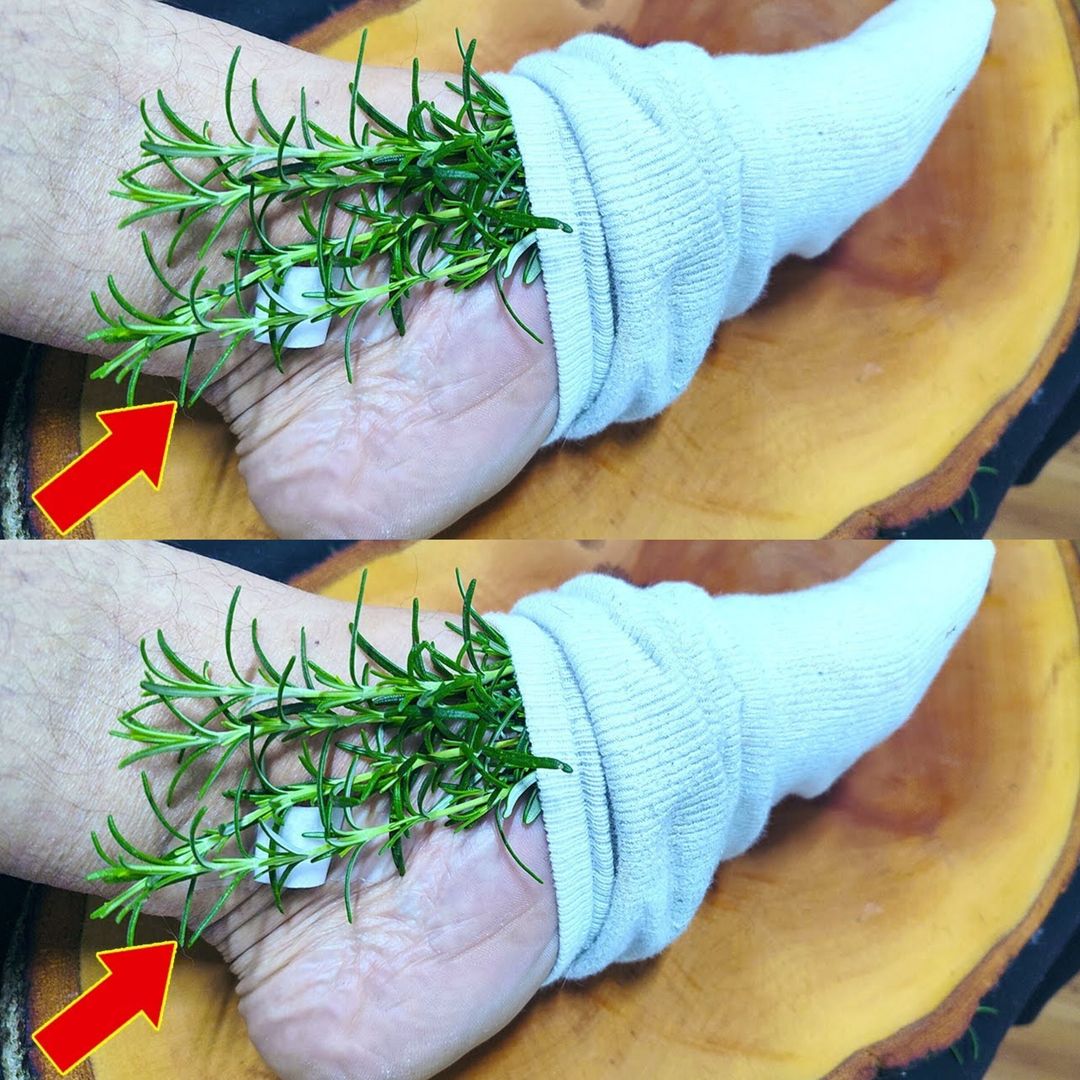- Elevate Your Legs:
- How It Helps: Elevating your legs above heart level helps improve blood flow and reduce swelling. This position encourages venous return and can alleviate discomfort.
- How to Do It: Lie down with your legs propped up on pillows or a recliner for 15-20 minutes a few times a day.
- Compression Therapy:
- How It Helps: Compression stockings apply gentle pressure to the legs, which helps improve blood flow and reduce swelling. They are particularly beneficial for varicose veins.
- How to Use: Wear compression stockings during the day as directed, ensuring they are properly fitted.
- Herbal Remedies:
- Horse Chestnut: Contains a compound called aescin that helps strengthen vein walls and improve circulation. It may help reduce the appearance of varicose veins and alleviate leg pain.
- How to Use: Horse chestnut extract can be taken as a supplement or applied topically in cream form.
- Gotu Kola: Known for its ability to improve circulation and strengthen connective tissue, which can benefit those with varicose veins.
- How to Use: Gotu kola can be consumed as a tea or supplement, or applied topically in cream form.
- Horse Chestnut: Contains a compound called aescin that helps strengthen vein walls and improve circulation. It may help reduce the appearance of varicose veins and alleviate leg pain.
- Diet and Nutrition:
- Increase Fiber: A high-fiber diet helps prevent constipation, which can exacerbate varicose veins. Include fruits, vegetables, and whole grains in your diet.
- Stay Hydrated: Drink plenty of water to maintain healthy circulation and prevent fluid retention.
- Anti-Inflammatory Foods: Incorporate foods like berries, fatty fish, and nuts, which have anti-inflammatory properties that can help reduce leg pain and swelling.
- Exercise:
- How It Helps: Regular physical activity, particularly exercises that promote leg movement and improve circulation, can help manage varicose veins and alleviate leg pain.
- Recommended Exercises: Walking, cycling, and leg-strengthening exercises such as calf raises and leg lifts can be beneficial. Aim for at least 30 minutes of moderate exercise most days of the week.
- Essential Oils:
- Lavender Oil: Known for its anti-inflammatory and soothing properties, lavender oil can help relieve leg pain and reduce swelling.
- How to Use: Mix a few drops of lavender oil with a carrier oil (such as coconut or almond oil) and gently massage it into the affected areas.
- Cypress Oil: This oil improves circulation and strengthens veins, making it useful for varicose veins.
- How to Use: Blend a few drops of cypress oil with a carrier oil and apply it to the legs in a circular motion.
- Lavender Oil: Known for its anti-inflammatory and soothing properties, lavender oil can help relieve leg pain and reduce swelling.
- Lifestyle Adjustments:
- Avoid Prolonged Standing or Sitting: Move regularly to promote blood flow. If you have a desk job, take breaks to stretch and walk.
- Wear Comfortable Shoes: Choose shoes with proper support to reduce pressure on your legs.
When to Seek Medical Advice
While natural remedies can provide relief, it’s important to consult with a healthcare provider if:
- Your symptoms are severe or worsening.
- You experience persistent pain, swelling, or skin changes.
- You have underlying health conditions that may affect circulation.
Conclusion
Natural remedies can offer effective relief from varicose veins and leg pain, enhancing your overall well-being and comfort. By incorporating practices such as leg elevation, compression therapy, herbal remedies, and a healthy lifestyle, you can manage symptoms and support healthy circulation. Embrace these natural solutions and discover how they can improve your quality of life.
Ready to find natural relief for varicose veins and leg pain? Explore these remedies and take the first step towards more comfortable, healthy legs today!
Feel free to adjust or expand on any sections to better suit your audience or style!
